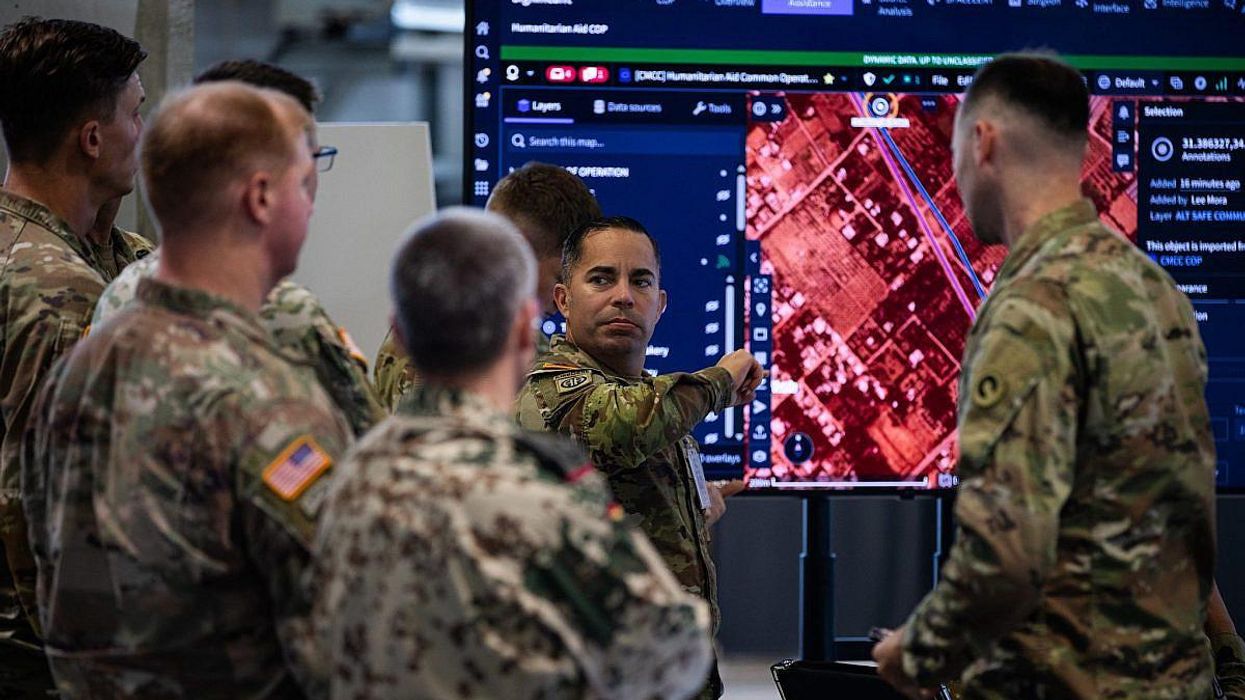According to two key reports by Foreign Policy and Associated Press this week, Afghan commandos trained by the United States military during our war there are going to fight Ukrainians on behalf of a Russia for $1500 a month.
“They don’t want to go fight — but they have no choice,” said one of the former Afghan generals who spoke to the AP, emphasizing the fear the commandos have of being deported back to Afghanistan. “They ask me, ‘Give me a solution. What should we do? If we go back to Afghanistan, the Taliban will kill us.’”
So this is where the U.S. war in Afghanistan, the withdrawal, and Washington's failure to keep these men and their families safe from Taliban vengeance has left them: fighting for the descendants of the former Afghan enemy (the Soviet Union) in a Ukrainian hellscape 3,000 miles away.
While there are tens of thousands of Special Immigrant Visa holders/applicants (translators and others who worked closely with the U.S. State Department or military over a 20-year span) still waiting to leave Afghanistan, the soldiers headed to Ukraine are among the 20,000-30,000 Afghan commandos who worked with U.S. forces but do not qualify for an official ticket out of the country because they did not technically work for Uncle Sam.
These men were stood up, trained, and paid for with American taxpayer dollars, but that doesn't matter, according to the AP. While "a couple of hundred" were airlifted out during the U.S. withdrawal in August 2021, the remaining are getting out any way they can. Afghanistan, writes AP reporter Bernard Condon, is rife with stories of Taliban fighters going door-to-door looking for these guys, "torturing or killing them, or doing the same to family members if they are nowhere to be found."
So the Russians, who need all recruits they can get, are reportedly bringing these Navy SEAL/Green Beret-trained commandos in. No one knows how many. Another irony is that these trained fighters, considered among the fiercest in Afghanistan, will be facing Ukrainian fighters, also trained by U.S. special forces. Perhaps, they may even face their former American partners, many of whom have gone to Ukraine to fight the Russians.
We talk about Great Power politics, but this is Great Power abuse. Now, our former battlefield compatriots will be killing Ukrainians, the very people we are supposed to be aiding, or vice versa. While Biden has so far kept U.S. troops from the ground there, our hands are far from clean.
















